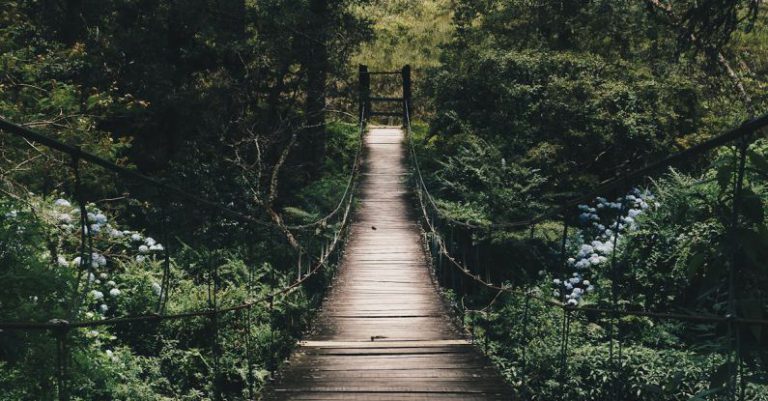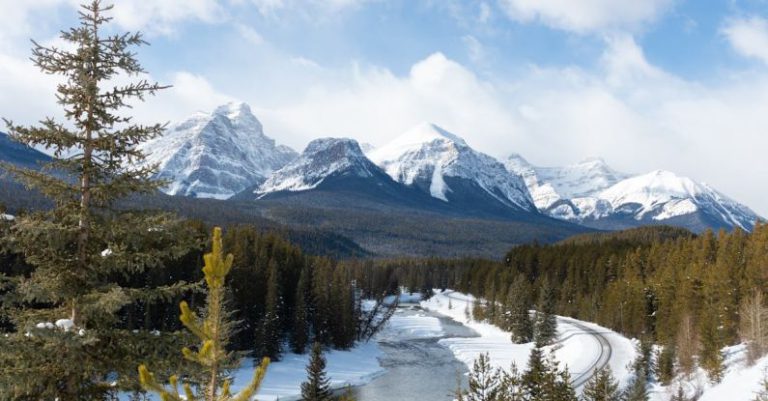
Exploring dense forests while hiking can be an exhilarating experience, offering the chance to immerse oneself in the beauty of nature. However, hiking in such environments also presents unique challenges and potential risks. To ensure a safe and enjoyable hiking trip through dense forests, it is essential to be well-prepared and aware of how to navigate these environments effectively. By following some key safety tips and practices, you can make the most of your forest hiking adventure while staying safe.
Understanding the Terrain
Before embarking on a hike through a dense forest, it is crucial to familiarize yourself with the terrain you will be traversing. Dense forests can be filled with various obstacles such as fallen trees, rocks, roots, and uneven terrain. By understanding the topography of the area, you can better prepare for what to expect and plan your route accordingly. Be sure to study maps of the trail and surrounding area, taking note of any potential hazards or challenging sections.
Choosing the Right Gear
Having the appropriate gear is essential for a safe hiking experience in dense forests. Invest in sturdy hiking boots with good grip to navigate slippery or uneven terrain effectively. Wear moisture-wicking clothing that will keep you dry and comfortable throughout your hike. Additionally, pack essential items such as a first aid kit, plenty of water, high-energy snacks, a map and compass, a whistle, and a flashlight. These items can be invaluable in case of emergencies or unexpected situations.
Navigating the Trail
When hiking in dense forests, it is easy to become disoriented and lose your way, especially if the trail is not well-marked. To avoid getting lost, pay close attention to trail markers, signs, and landmarks along the way. If you are unsure of your location, refer to your map and compass to help you stay on course. It is also a good idea to inform someone of your hiking plans, including your intended route and expected return time, in case of any emergencies.
Wildlife Awareness
Dense forests are home to a variety of wildlife, including potentially dangerous animals such as bears, mountain lions, and snakes. While encounters with wildlife are rare, it is important to be prepared and know how to respond in such situations. Make noise while hiking to alert animals of your presence, carry bear spray or a whistle as a deterrent, and know how to react calmly if you do encounter wildlife. Avoid feeding or approaching wild animals and respect their habitat to minimize the risk of conflict.
Weather Preparedness
Weather conditions in dense forests can change rapidly, so it is crucial to be prepared for all eventualities. Check the weather forecast before your hike and dress appropriately for the conditions. Pack extra layers in case temperatures drop or rain sets in. If you encounter severe weather while hiking, seek shelter and wait for conditions to improve before continuing. Be mindful of potential hazards such as flash floods, lightning, or strong winds, and take appropriate precautions to stay safe.
Emergency Situations
Despite careful planning and preparation, emergencies can still occur while hiking in dense forests. In the event of an injury, getting lost, or encountering severe weather, it is essential to stay calm and act decisively. If you find yourself in a precarious situation, stay put and signal for help using a whistle, flashlight, or any other means available. If you have cell phone reception, call for assistance and provide your exact location. Having basic survival skills and knowledge of how to navigate emergency situations can make all the difference in staying safe while hiking in dense forests.
Stay Safe, Stay Adventurous
Hiking in dense forests offers a unique opportunity to connect with nature and explore the beauty of the wilderness. By following these safety tips and practices, you can enjoy a safe and memorable hiking experience while minimizing risks and potential hazards. Remember to always prioritize safety, be prepared for the unexpected, and respect the environment and wildlife around you. With the right mindset and preparation, you can embark on exciting forest hiking adventures with confidence and peace of mind.





